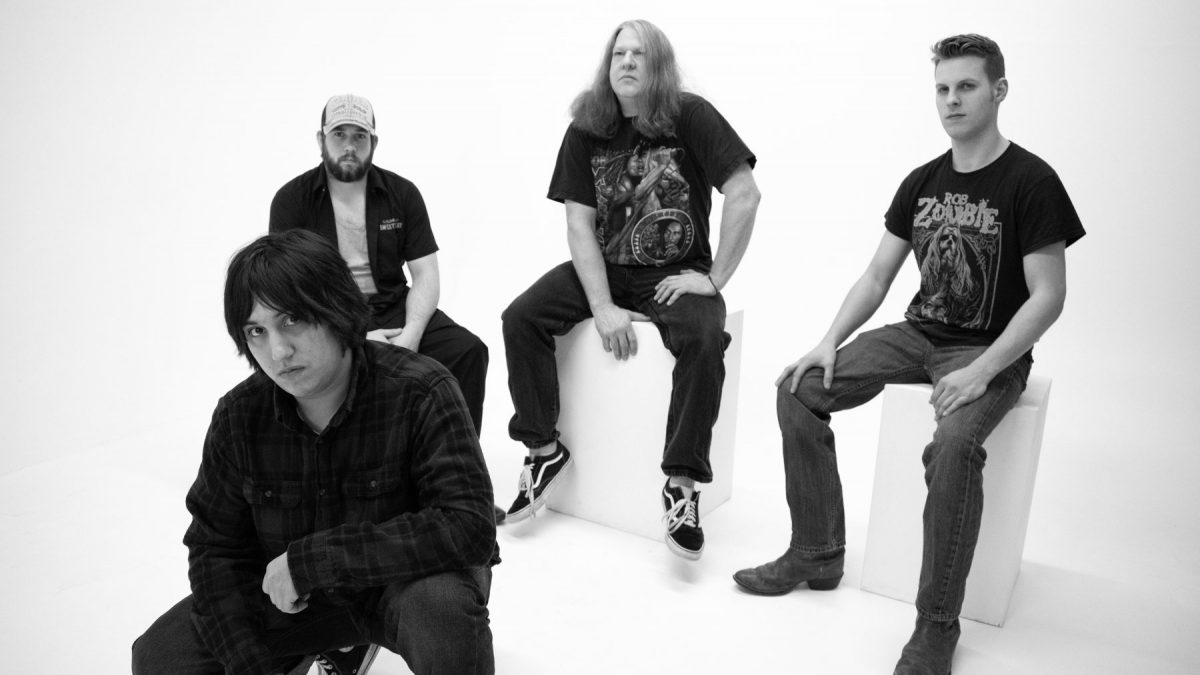

Guerrilla war and terrorism are major components of the “subversion” dimension, here labelled internal war. Principal components of the “revolution” dimension are coups, palace revolutions, plots, and purges the category is labelled here conspiracy. Turmoil, indexed by riots and demonstrations, is found to be a distinct dimension in all the analyses two other factors, labelled by Rummel “revolution” and “subversion,” are in some cases separate and in others combined. The relevance of this kind of research to the classic concern of political scholarship with revolution is its attempt at identification and systematic analysis of conditions that dispose men to strife generally, revolution included.ġ4 In each of a number of analyses by Rummel and others a set of “domestic conflict” measures was factor analyzed. It should be noted at the outset that this study does not attempt to isolate the set of conditions that leads specifically to “revolution,” nor to assess the social or political impact of any given act of strife except as that impact is reflected in measures of “magnitude” of strife. One consequence is an unusually high degree of statistical explanation: measures of five independent variables jointly account for two-thirds of the variance among nations in magnitude of civil strife (R =.

Considerable effort was given here to devising indices that represent the theoretical variables more closely than the readily-available aggregate indices often used in quantitative cross-national research. The theoretical argument, which is discussed in detail elsewhere, stipulates a set of variables said to determine the likelihood and magnitude of civil strife. This article describes some results of a successful attempt to assess and refine a causal model of the general conditions of several forms of civil strife, using cross-sectional analyses of data collected for 114 polities.


 0 kommentar(er)
0 kommentar(er)
